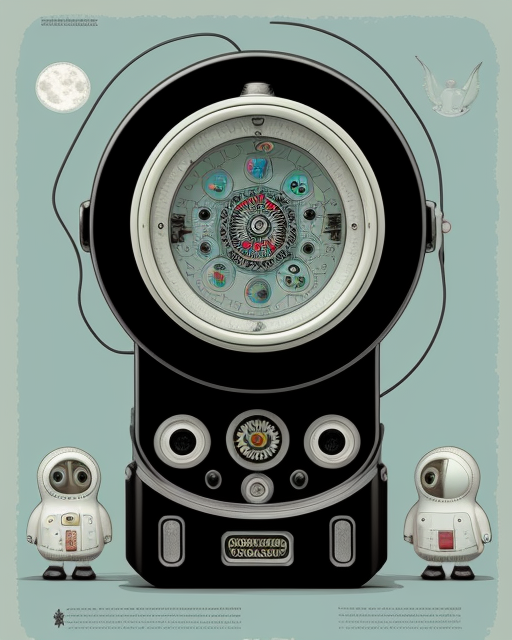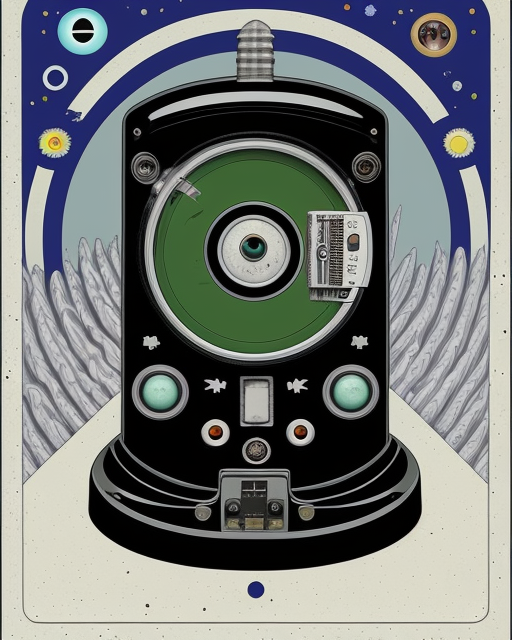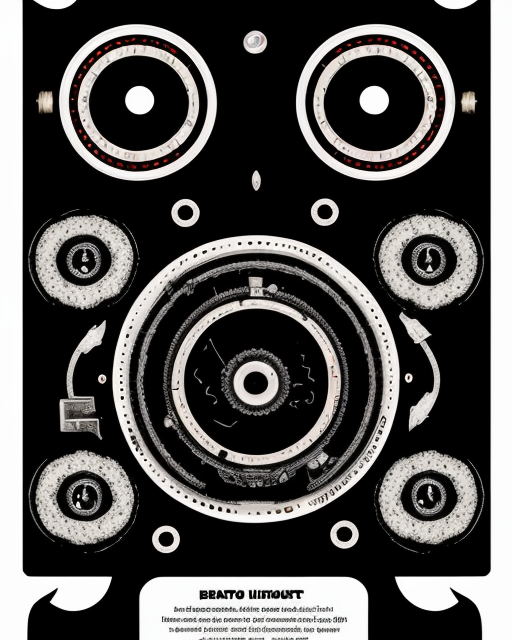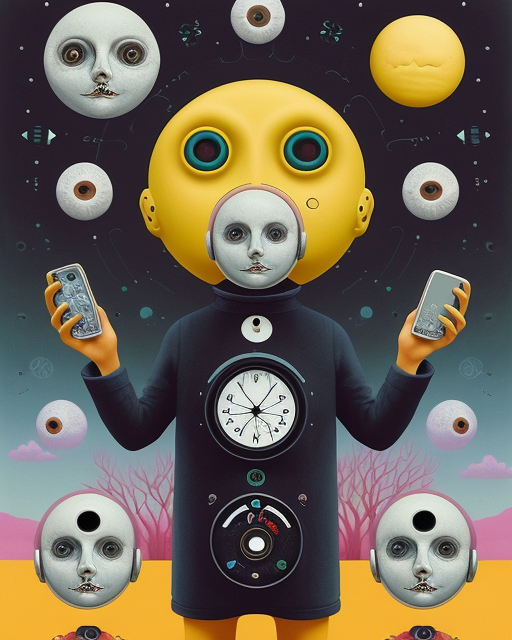INT. CONFERENCE ROOM – DAY
A group of young software engineers, fresh-faced and idealistic, sit around a sleek, glass table in a high-rise office overlooking a nameless, sprawling city. They exchange glances, uncertain.
At the head of the table, PETER COYOTE leans back in his chair, a wise yet weary expression on his face. He pauses, surveying the room with sharp, almost piercing eyes, as if measuring each of them before he begins.
PETER COYOTE
(leaning forward)
Alright, let’s clear this up because I don’t think most of you understand what business we’re really in. You’re all here thinking you’re part of some grand solution. You’re not. We’re not here to fix problems. We’re here to make all problems… much harder to fix.
The engineers shift uncomfortably, glancing at one another, bewildered. One of them, JASON, raises a tentative hand.
JASON
But aren’t we…
PETER COYOTE
Transparency, efficiency… Sure, those are the words on the PowerPoint, but the reality? The reality is that every feature you build, every algorithm you optimize—it’s just another knot in a web designed to keep people tangled, to keep answers further out of reach. You think you’re building for the public? You’re building for control.
Another engineer, SARA, furrows her brow.
Peter leans in, his voice low, almost conspiratorial.
PETER COYOTE
We’re working for the people who need the problems to stay problems. The ones who profit every time someone hits a dead end, every time someone’s halfway to understanding and gives up because it’s just… too… hard. You see, if things were simple, if they were easy to fix, we’d be out of a job—and so would the people above us.
He pauses, letting it sink in, as the engineers’ faces grow more somber.
PETER COYOTE
It’s not about making life better. It’s about making the game so complex that only a few know the rules and fewer still ever see the board. You’re here to play their game. Don’t ever forget that.
A silence falls over the room. The engineers sit back, a new understanding settling heavily upon them. The hopeful sparkle dims in their eyes, replaced by something more cautious.
Peter Coyote eyes them, his expression a mix of contempt and pity. He flicks his fingers at a stack of files on the table.
PETER COYOTE
(voice clipped, sharp)
You think this is about saving the world, huh? You think you’re heroes? Wake up. Snap out of it.
He leans forward, stabbing the table with his finger.
PETER COYOTE
You’re here because we’re making the rules. And the rules are: complexity is king. Confusion is gold. People want answers? Give ’em a maze. Make it look like a favor.
JASON
(squirming)
I thought…
Peter cuts him off with a hand, a tight smile that doesn’t reach his eyes.
PETER COYOTE
(leaning in, almost a whisper)
Innovation? Who sold you that line? We don’t innovate. We complicate. That’s the business. When you roll out that feature, when you tweak that code, you’re adding one more lock, one more piece of red tape. We’re in the barrier business, not the solution business.
SARA
(mumbling)
But we’re—
Peter explodes, slamming his fist on the table.
PETER COYOTE
Helping people? Helping people?! (laughs) You want to help people, go volunteer at a soup kitchen. But don’t come in here, my office, acting like this is some charity gig. You know who we’re here to help? The ones paying the bills. And they don’t want solutions, they want systems. They don’t want clarity, they want complication. You know why?
He paces, letting the silence stew.
PETER COYOTE
Because the more tangled it is, the more they’re needed. The more their pockets get lined while everyone else scrambles to catch up. And your job? Your job is to make it so goddamn hard to fix a problem that people don’t even know where to start.
A beat. The engineers sit, stunned.
JASON
So… we’re just here to… keep things broken?
Peter looks at him, his expression a mixture of disgust and disappointment.
PETER COYOTE
(quietly)
No. We’re here to keep things profitable. Broken is a feature, kid. Not a bug.
The engineers look at each other, the weight of it settling, choking. Peter watches, almost amused.
PETER COYOTE
Remember who we’re working for.






